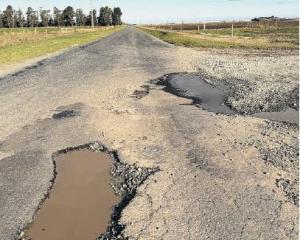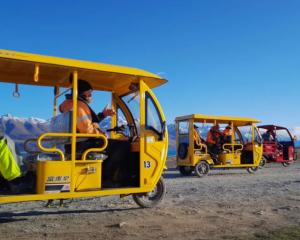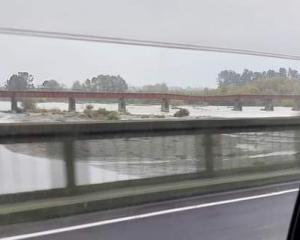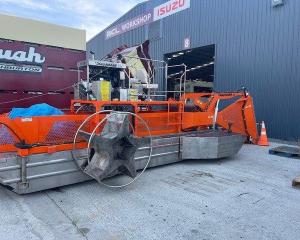Flooding in the Rangitata River in early December caused a few headaches for the Rangitata Diversion Race management company, that has an intake for irrigation water at Klondyke.
A weir across the river was washed away and floodwaters caused some minor damage to the concrete intake structure.
RDR chief executive Tony McCormick said huge volumes of sediment in the floodwaters also meant the company had to dredge the intake to clear silt.
As part of a longterm study in the river, a new suspended sediment meter had been installed just hours before the flood. It peaked at 800 tonnes of sediment an hour and had to be repaired after the flood eased.
Around 12,500 tonnes of sediment was measured in a 24-hour window.
"The river has changed its course dramatically in some places just below the intake."
Mr McCormick said sediment in the system from the December flood had passed through channels and farm irrigators and water was running as normal now.
The company hopes to award construction contracts for its state-of-the-art rotary fish screen near the Rangitata River by the end of May. The screening technology aims to keep salmon, trout and native fish out of the RDR’s intake canal and return them safely to the river; the new multi-million screen replaces an underperforming bio-acoustic fish fence.
Mr McCormick said the work, once under way, was expected to take 12 months. The company is working on detailed designs.
Plans for a mega storage lake at Klondyke are still being progressed. RDR was granted a suite of consents to build a storage lake, but one consent to take more water from the Rangitata when it is running high has been appealed.
The volume of water taken allowed will dictate the size of the storage lake but internal details are progressing while the appeal is dealt with.














